How to Install Laminate Flooring Over Tile

I'm so excited to share the installation process of our laminate wood look floors with you! Our new floors are from Select Surfaces Spill Defense Laminate collection in the color Smoked Hickory. It’s such a warm and cozy change from our stark white tile floors, and our home feels so much more inviting! (Head to the blog for more DIYs and home decorating inspiration!)
Hometalk Recommends!
Full disclosure up front – Select Surfaces provided us with this flooring free of charge in exchange for this post with our honest thoughts, which are truly nothing but glowing! I can’t recommend these floors enough.
We installed them directly over our tile, which is what I'll be outlining today!
Step 1: Make sure you move all your flooring into your home for at least 48 hours prior to install so they properly acclimate. And move all your furniture out of the way (we put ours in the garage).
Also, if you hate your baseboards, now is the time to change them, so rip those out and clean everything up. If you love your baseboards or would rather not have to redo them after, you can always just add shoe molding or quarter round at the end. You do need to leave a 3/8″ gap between the flooring and your walls for expansion and contraction of the floors, so you will inevitably have to install some kind of molding at the end. And if you are laying on tile/concrete like us and need that vapor barrier, it will ultimately be easier if you just install new baseboards because that vapor barrier has to rest at least 3/4″ up the walls to ensure a moisture tight seal. Larger baseboards will more easily cover that 3/4″.
Our baseboards were original to the house and very sad looking, so out they came. Before you begin the installation, make sure your floors are clean!
Step 2: If you are laying your laminate flooring on top of tile/concrete like us, you will need to put down a vapor barrier – this is the vapor barrier we used and I definitely recommend it. We learned very quickly that you should lay the side with the adhesive strip down first. Your first piece will be the hardest. Lay it with the adhesive strip right up against your wall/baseboards. This way, it will lay up against the wall that 3/4″ you need it to for the moisture tight seal. Don’t worry about taping down the other side just yet – you’ll lay your flooring and that will help the plastic smooth out before you tape and lay another sheet of the vapor barrier.
TIP: A note about tape for the vapor barrier – you will need to purchase tape in addition to the adhesive that comes on the barrier (if you purchase the barrier we did or something similar). I initially purchased foil tape that is allegedly made for this type of thing – it was AWFUL! Wouldn’t stick to anything! So after some research, I learned we could just use clear packaging tape, and that worked like a charm!
Step 3: Begin laying your flooring according to Select Surfaces installation guide. You will move left to right. We used spacers to ensure we were leaving the requisite expansion gap around the perimeter. The first row might seem a bit unstable, but don’t worry. Once you get the next row in and the joints all interlock, you’ll be good to go. We used a scrap piece of flooring and a rubber mallet to gently apply the pressure needed to interlock the planks together. Once you get to the end of one sheet of the vapor barrier, tape it down and then lay the next one over it according to the instructions. Select Surfaces advises an 8″ overlap of the vapor barrier.
Step 4: Continue laying your flooring this way until you’re done! You want to make sure each row starts and ends with a piece that is no shorter than 16″ and try to make sure your planks are staggered by at least 8″. We had a few cases where we just couldn’t do this based on our floor measurements, but it’s honestly not that noticeable since it’s not something that repeats. In my opinion, as long as the floor looks randomly staggered, you are good to go! Use a miter saw to cut your basic straight cuts, and a jig saw for any cuts you need to do in or around corners. We purchase blades that were specifically made for laminate.
TIP: You may have to cut some of your door jams/molding in order to fit your laminate underneath, I used an oscillating tool, hammer, and chisel for this and they worked perfectly!
TIP: When laying planks that will abutt an exterior doorway, make sure you are being extra careful with your cuts and measurements. The ends of these planks won’t be hidden by a baseboard (you’ll just be caulking them), so you want to make sure they are perfectly lined up and straight!
Step 4A: If you are unlucky like us, you might have areas of your floor that aren’t level. For us, that came in the form of a bad tile job where the installers lazily did not lay tile under our stove and dishwasher. To level things out, I purchased plywood at Home Depot that was the same thickness as the tile. I cut it approximately to size and used some tile mastic to secure it to the concrete floor. We then laid the vapor barrier down and installed the laminate flooring right on top with no issues! And yes, you can lay the flooring under your appliances!
Step 5: Use 100% silicone caulking to create a water/moisture barrier around all of the edges of the flooring, at your doors, and under any transition pieces you may have installed. We had just a few transition pieces – a T molding at the threshold of our pantry, bullnose molding at the landing of our stairs, and a reducer molding (this helps when your laminate may not come up level next to another type of molding) at the threshold of our powder room.
The silicone caulking is messy and sticky! Make sure if you get an excess on your flooring that you wipe it up with a damp cloth immediately! We also used a magic eraser to get some of the oily residue off after the fact.
TIP: When installing T molding in a doorway, make sure you lay one side of the laminate down first, then the T molding, THEN the other side of the flooring. It might be tricky to get the laminate of the second side UNDER the T molding, especially if you want the laminate to lay in the opposite direction like we did. We had success with installing each plank up to the T molding, and then tapping at the far end with the rubber mallet and a scrap piece of molding to get it to move slightly under the T molding.
If this doesn’t work for you, just be aware that your T molding may not be able to go under your door jams/molding and you might have to fill that space with caulking later. Also make sure you put 100% silicone caulking under the T molding and where it the laminate planks. That’s why we have books resting on the molding here, to ensure it dries and holds well!
Step 6: Once your 100% silicone caulk is dry around your perimeter and at your moldings, you can install your baseboards. I used wood fill to fill all the nail holes and acrylic caulking to caulk the corners and top gap. We left the bottom of the baseboards uncaulked so as to not interfere with the expansion/contraction of the planks that may happen over time. Also make sure you are installing those baseboards OVER your vapor barrier if you have one.
TIP: Use painters tape above your baseboards when caulking. First, tape right above the baseboard, then caulk, and then remove the tape when the caulk is still wet. You will get a nice crisp line of caulk and won’t have to touch up your wall color paint! SCORE!
Step 7: Paint your baseboards! But be warned! If you choose a textured laminate flooring option, it is SO hard to get paint off the floors, even if you catch it right away. The paint gets into all the little grooves and it’s tough to remove it. I found that painters tape wasn’t enough to keep the paint from getting on the floors, so I used brown butcher paper and cut strips that I placed under the small gap between the baseboards and floors. I then carefully painted using an angled brush. This worked like a charm!
Step 8: Move all your furniture back and marvel at your gorgeous new floors! And rest well knowing that this Spill Defense collection (which you can get at Sam’s Club by the way!) is waterproof for 24 hours, so no extra stress about drips or spills!
And there you have it friends! I hope this mini-tutorial was helpful for you! If you have any questions at all about these floors or the installation process, leave them over on the blog (I monitor comments there more than here on HT) and I’d be happy to help!
Enjoyed the project?
Resources for this project:
See all materials
Comments
Join the conversation
-
 Bobbi Lively
on Aug 20, 2023
Bobbi Lively
on Aug 20, 2023
Fantastic job. I have a question about raising the height because of adding material on the floor and it’s effect on doors. Did you have to adjust the height of your doors to accommodate the extra material under them? Thanks.
-
-
 Linda K Fritsch
on Aug 08, 2024
Linda K Fritsch
on Aug 08, 2024
Do not know if I will try myself (78) in basement but will. Be better informed to monitor the hired installer.
-



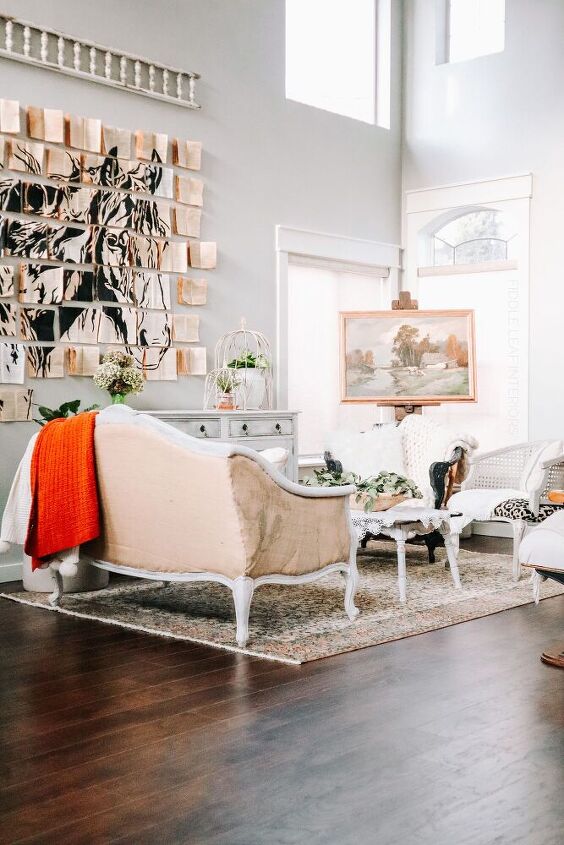
























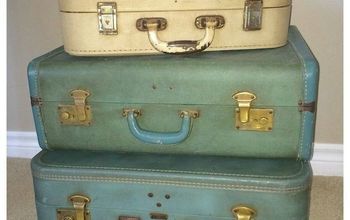



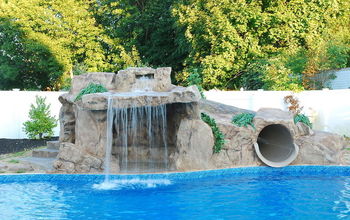

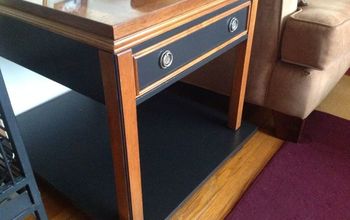

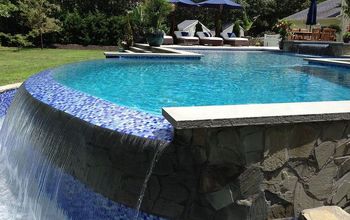
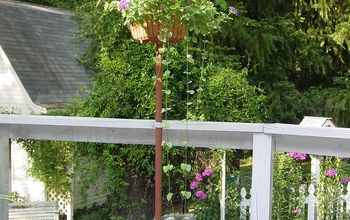
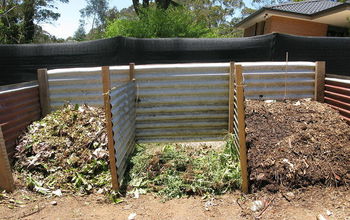
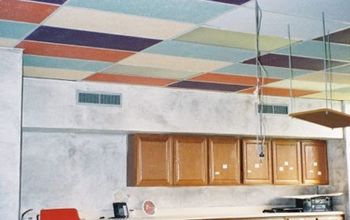

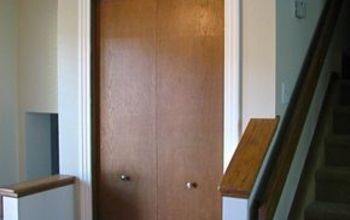
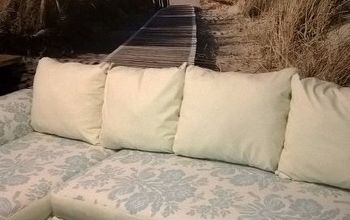
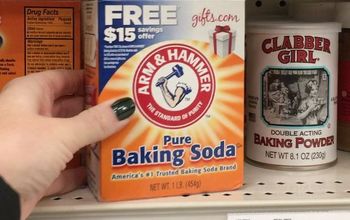
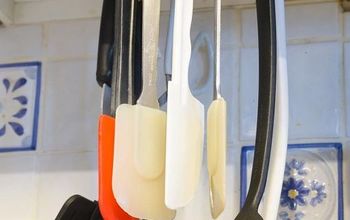


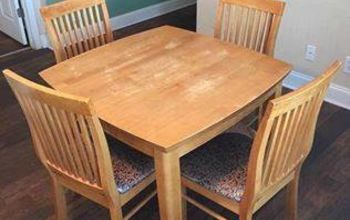
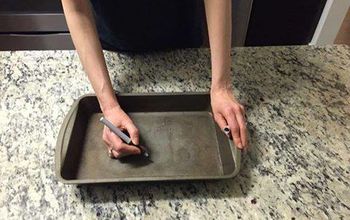
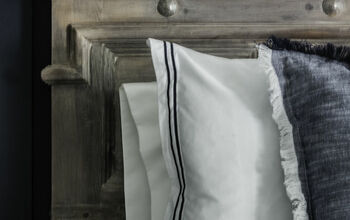
Frequently asked questions
Have a question about this project?
Where did you purchase your horse block art on your wall?
Looks great. Good tips too 👌
Does the plastic barrier help with evening out the grout lines to the tile so that when you lay the flooring it is flat and doesn't "pop" on the grout lines?